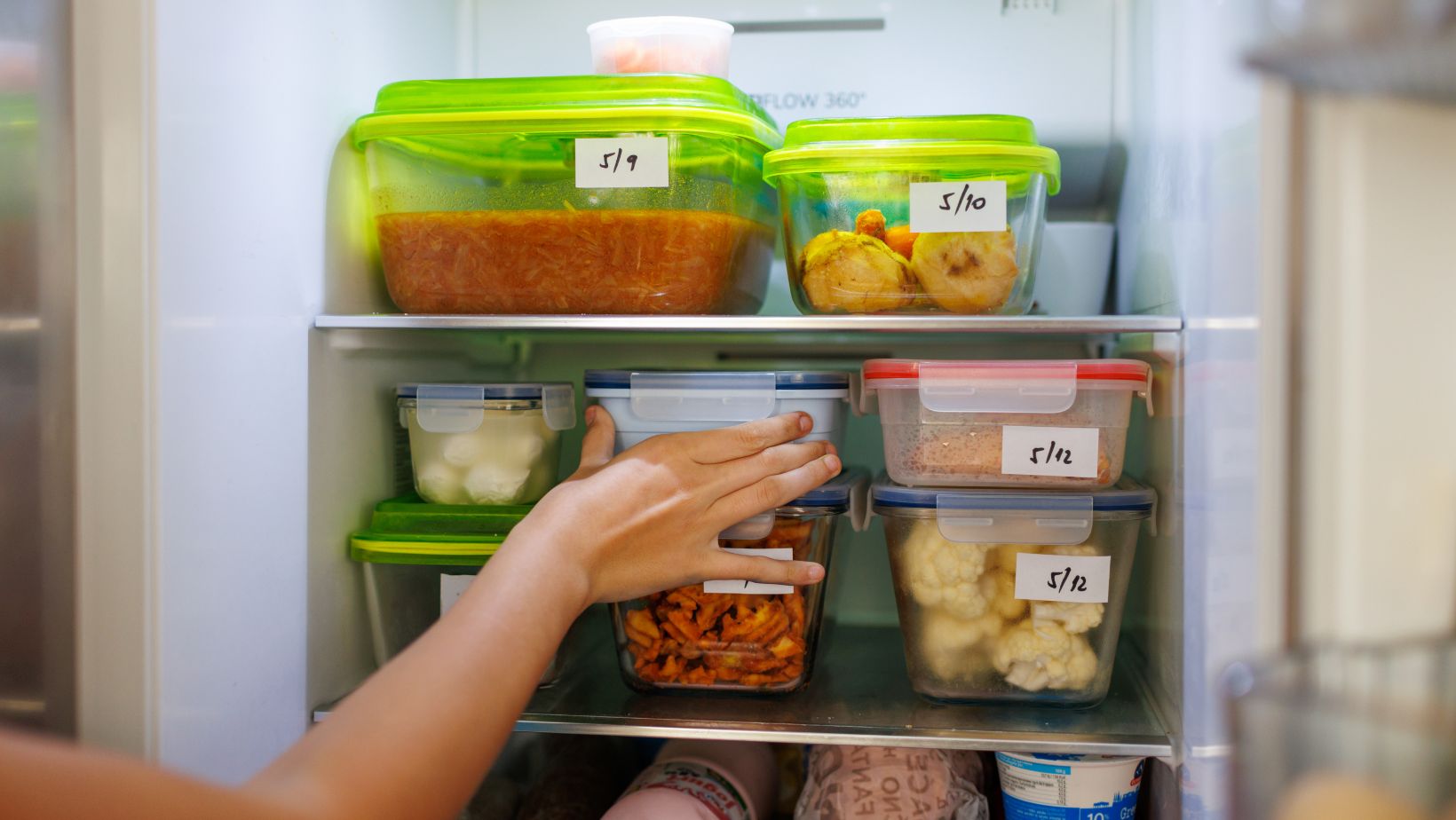
Why Leftovers Don’t Taste as Good the Next Day (And How to Change That)

You’ve made a delicious meal, enjoyed it, and stored the extra for later — but when you pull it out the next day, something feels off. The flavours aren’t as vibrant, the texture has changed, and it just doesn’t taste as good as it did fresh. This is a common experience, but the good news is that it’s not inevitable. With the right storage habits (and the help of a quality appliance like a retro-style Smeg fridge), leftovers can stay tasty, fresh, and satisfying well beyond their first serving.
Why Flavour Changes Overnight
The main reason leftovers don’t taste the same is because of chemical changes in the food. As dishes sit, moisture redistributes, fats solidify, and spices mellow. Pasta sauces, for example, may lose their punch, while fried foods lose their crispness. This isn’t necessarily unsafe — it’s just the natural way ingredients continue to interact over time.
Moisture Is the Biggest Culprit
Moisture loss or absorption changes the texture of many leftovers. Rice becomes hard, pizza bases go soggy, and roasted vegetables lose their crisp edges. Food stored in loosely sealed containers or wrapped poorly is more exposed to air, which accelerates these changes.
Quick Fix: Store food in airtight containers and refrigerate promptly. Adding a small splash of water or broth when reheating rice, pasta, or stews helps restore their original texture.
Temperature Makes a Difference
How leftovers are cooled and reheated affects their taste and safety. If food sits out too long before being chilled, bacteria can grow, and flavours start to deteriorate. On the other hand, reheating food too quickly or unevenly can dry it out.

Quick Fix: Refrigerate leftovers within two hours of cooking. Reheat them gently on the stove or in the oven where possible, stirring or covering to lock in moisture. Microwaves are convenient, but covering food with a lid or wrap helps avoid drying it out.
Certain Foods Actually Improve Overnight
Not all leftovers are worse the next day. In fact, many dishes taste better after resting. Curries, stews, soups, and chilli often deepen in flavour as spices blend and settle. The trick is knowing which foods improve and which ones deteriorate quickly.
Pro Tip: Plan meals with leftovers in mind. Cook extra portions of dishes that reheat well, and make smaller amounts of foods that don’t keep their texture, like fried items or delicate greens.
Keep Flavours Fresh With These Tips
- Separate components: Store sauces and dressings separately from bases like pasta, rice, or salad to prevent sogginess.
- Use smaller containers: Divide food into meal-sized portions so it cools faster and reheats evenly.
- Add freshness on reheating: A squeeze of lemon, a sprinkle of herbs, or a drizzle of olive oil can revive dull flavours.
- Don’t overstore: Aim to eat leftovers within three days to enjoy them at their best.
Making Leftovers Work for You
Leftovers don’t have to be disappointing. With the right storage, thoughtful reheating, and a few clever tricks, yesterday’s dinner can taste almost as good as when you first made it. In some cases, it might even taste better. The key is understanding how food changes overnight and working with it instead of against it.




